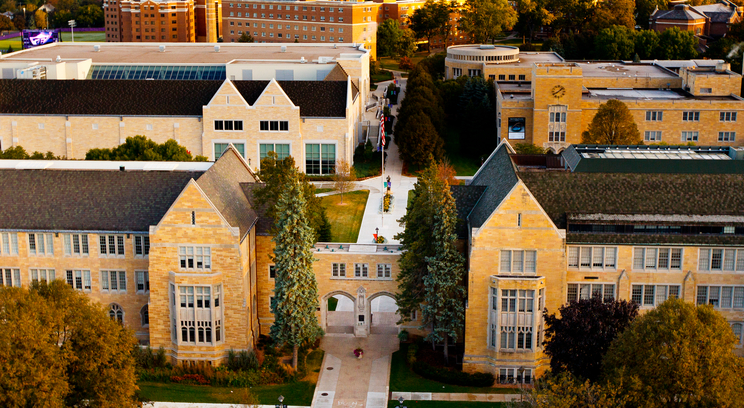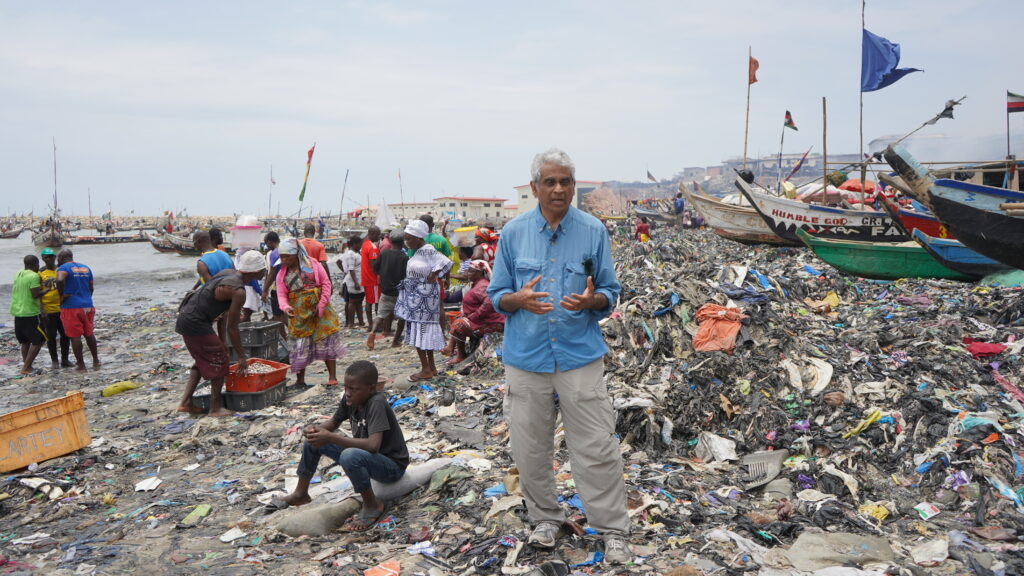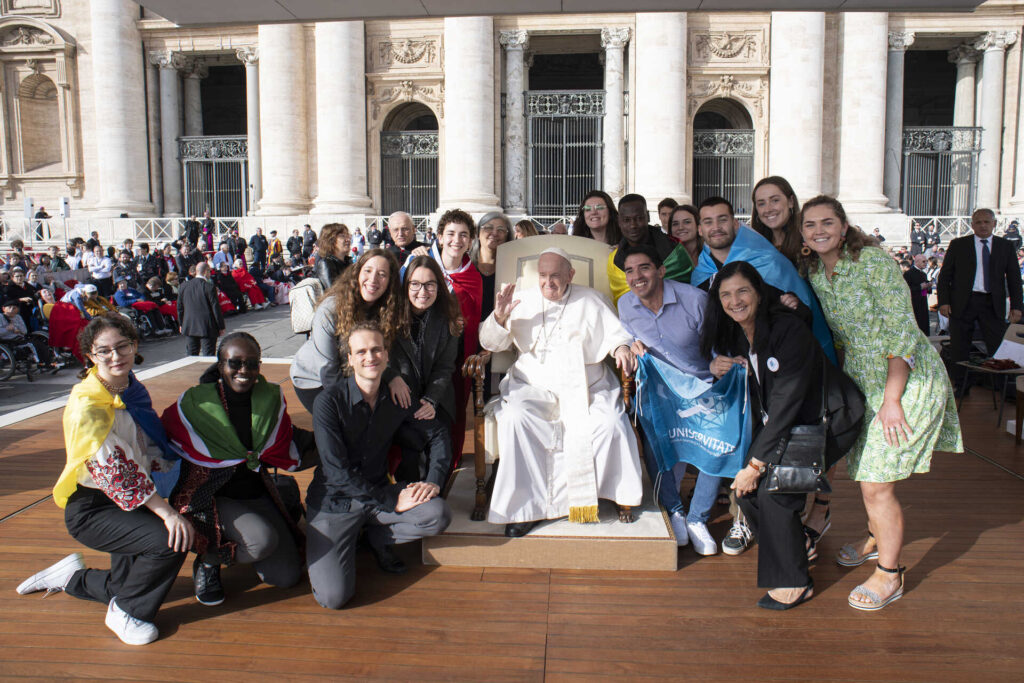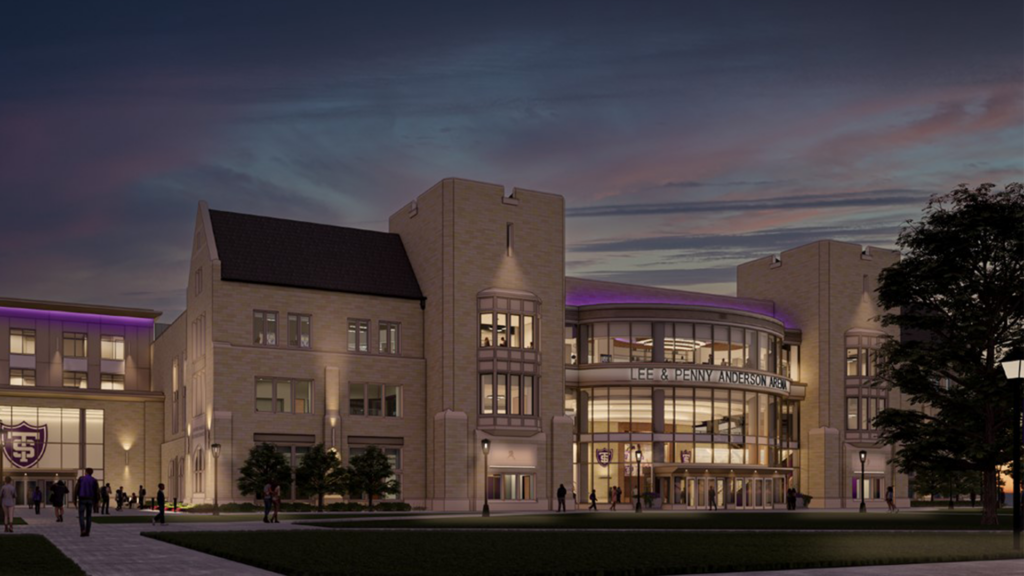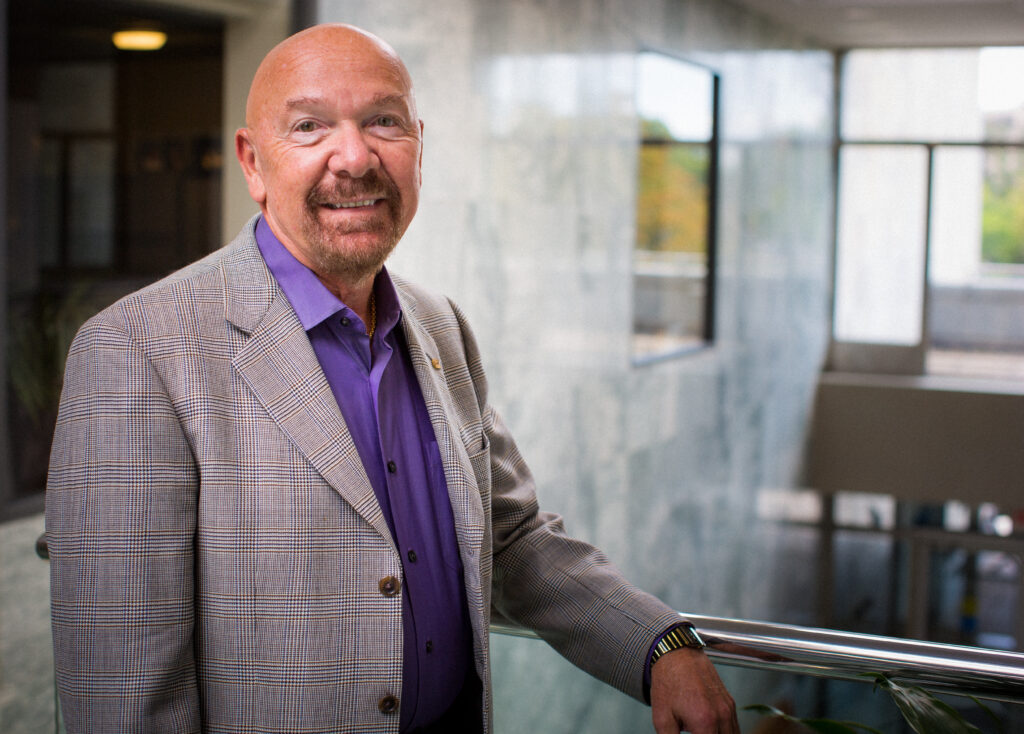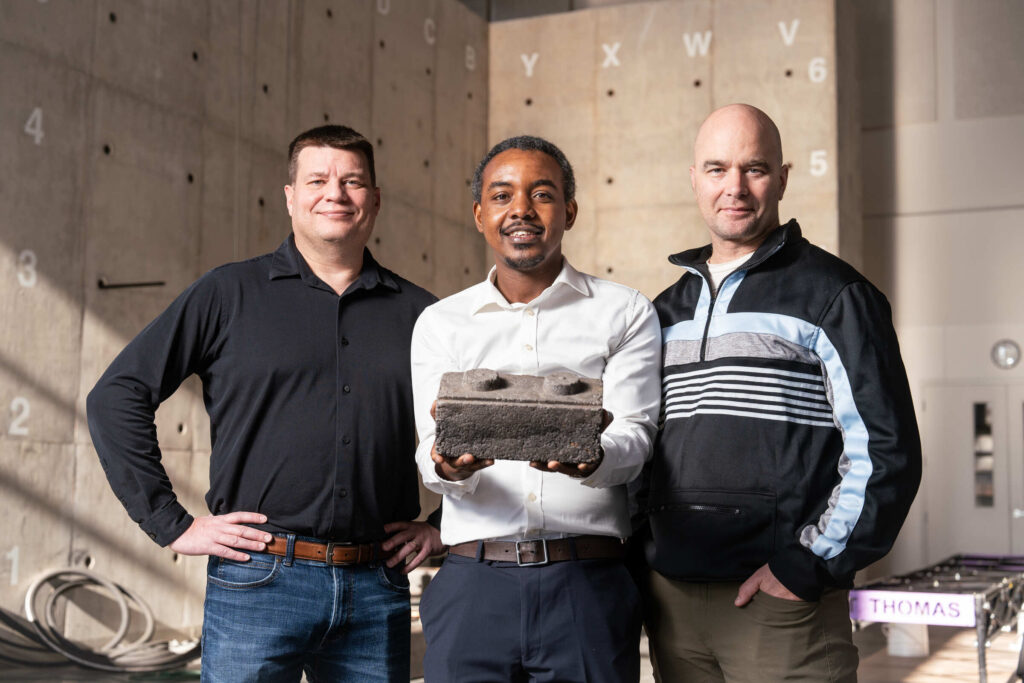Tuition rates will increase 3.9 percent this summer for undergraduate students – the second-lowest rate increase in 20 years – and an average of 3.0 percent for graduate students except for the School of Law, which will have no tuition increase.
The St. Thomas Board of Trustees on Thursday approved the increases as part of the university’s 2014-2015 budget, which also calls for a 1.5 percent increase in overall funding for the faculty and staff salary pool.
Day undergraduate tuition and fees of $36,682, when combined with 2 percent and 3 percent increases in room and board rates, will result in a comprehensive fee of $45,882. The comprehensive fee increase of 3.6 percent also is the second lowest since 1994-95, trailing only 2010-11, when both tuition and the comprehensive fee rose by 3.5 percent.
It also will be the fourth consecutive year the comprehensive fee increase has declined; the increases were 4.9 percent in 2011-12, 4.6 percent in 2012-13 and 4.1 percent this year. (See tables for details on tuition, room and board increases.)
As in recent years, undergraduate tuition of $1,121 per credit will cover all courses except business, statistics, computer and information sciences, and information and decision theory. Those courses will be $1,177 per credit, or 5 percent higher, because of the higher cost of faculty in those areas.
Graduate programs had some flexibility on tuition increases, depending on their markets. The School of Law again will have no tuition increase for returning students, and Class of 2017 members will have no tuition increases during their three-year juris doctor program, where the first-year rate will decrease by $2,000 over the current rate because of a change from a per-credit to flat-rate structure.
“This continues to be a highly competitive market at both the undergraduate and graduate levels, and we want to keep our tuition increases as modest as possible,” said Mark Vangsgard, vice president for business affairs and chief financial officer. “At the same time, we will increase the overall amount of undergraduate financial aid by 5.4 percent over what we awarded this year.”
Tuition rates for next year have not been set at all of Minnesota’s private colleges, but St. Thomas expects to remain moderately priced for its undergraduate programs. This year, St. Thomas ranks eighth in comprehensive fee, as well as in tuition and room and board, among the 17 institutions that are members of the Minnesota Private College Council. (See table for details.)
Vangsgard explained that undergraduate tuition increases need to be viewed in two ways – gross price and net price after financial aid. Next year’s gross increase of 3.9 percent will be reduced to an average of 2.4 percent after financial aid. Over the last five years, the gross tuition increase has averaged 4.9 percent but dropped to 3.2 percent after financial aid.
More than 80 percent of undergraduate students – and virtually every freshman – receive financial aid through scholarships, grants, loans and campus employment. St. Thomas subsidizes the education of all students, including those who do not receive financial aid, because tuition covers only 80 percent of instruction-related expenses. The remaining 20 percent comes from gifts, endowment and investment earnings, and contributed services of religious personnel.
Net undergraduate tuition, after financial aid, will provide 54 percent ($127 million) of next year’s $237 million in net operating revenue, Vangsgard said. Graduate programs will provide 20 percent ($48 million), and the remaining 26 percent ($62 million) will come from sources such as room, board, bookstores, seminars, gifts, fees and endowment income.
Here are other highlights of the 2014-15 budget:
Salary increases
There will be a 1.5 percent increase in the faculty and staff salary pool, and supervisors will determine individual raises after performance reviews.
Compensation costs (salaries and fringe benefits) will amount to 72 percent of the operating expenses budget next year, with the balance for noncompensation costs such as utilities, travel and professional development, supplies, repairs, professional services and printing.
Enrollment projections
Undergraduate enrollment is projected to decline slightly this fall, with credit hours falling from 188,700 to 187,500. This is primarily due to the largest class in St. Thomas history graduating this spring and being replaced by a smaller group of freshmen in the fall.
St. Thomas is seeking to enroll a class of 1,405 freshmen, including 1,350 domestic students and 55 international students, and 285 new transfer students. This could be the 10th consecutive year of freshman classes averaging more than 1,300 students.
Graduate enrollment is projected to be flat, with credit hours increasing from 61,200 to 61,300, excluding Bisk online learning enrollment. This would stabilize a 13 percent decline, from 70,800 credits, over the last six years.
Health care expenses
Nationally, health care expenses associated with employee health benefit plans are expected to increase 8 percent this calendar year and 10 percent in 2015.
The medical plan at St. Thomas is self-funded, meaning costs are determined by actual experience rather than the projected national averages. Costs at St. Thomas are expected to increase 3 percent this calendar year over 2013, and both the university and employee portions of budget premiums will increase 3 percent in the aggregate. St. Thomas this year again will cover 71 percent of budgeted medical costs, with employees covering 29 percent.
Building projects and equipment
St. Thomas will break ground in late March on the south campus for a new facilities operations and engineering building, which will open by September. The $6.5 million building will include space for central receiving, recycling, and equipment maintenance and storage, as well as additional laboratory and design space for the School of Engineering.
The university expects to spend $5.3 million in building renovation projects and $1.8 million for capital equipment. Renovation projects include façade restoration on the north and south sides of O’Shaughnessy Educational Center to deal with water infiltration issues; new roofs for Murray-Herrick Campus Center and Terrence Murphy Hall; carpet replacement and painting on several floors of Brady, Grace, Flynn and Ireland residence halls; and upgrades to fume hood controls in Owens Science Hall laboratories.
Technology improvements
St. Thomas will complete implementation of its Web content management system, T4. The software allows changes to content without coding, as well as further mobile enabling of our Web sites.
The university also will complete work of the first major phase of the Digital Convergence Initiative by adding new enterprise and building-level switching and routing equipment. The project increases capacity and speed on the wired and wireless networks and provides a single converged network for voice, video and data as well as access to greater online services for instruction and business functions. The advantages of this network approach are apparent in the Anderson Student Center, the Anderson Athletic and Recreation Center and many other locations across the university.
St. Thomas will continue to raise its Internet connectivity to meet demand and to provide redundant and backup connection services to maintain bandwidth in the case of an Internet outage by a provider.
Improvements in business process analysis, business intelligence reporting and integrated collaboration tools will continue as SharePoint, our new enterprise content management system, is further implemented, and testing will continue on unified communications services. SharePoint also adds a secure intranet for the campus, improved access to storage and significant project management capabilities.
Libraries
Compact shelving will be installed in the O’Shaughnessy-Frey Library Center to better preserve and house special collections from all university libraries. This also will improve access and management of special collections at the university’s central library location.
The libraries will purchase 12,000 new titles. Eighty percent will be digital content – electronic books, journals and articles and streaming video and audio resources – available to anyone with St. Thomas credentials and Internet access anytime and anywhere. The other 20 percent will be print books, CDs, DVDs and microforms.
Information session
Vangsgard will hold an information session on next year’s budget at noon Thursday, Feb. 27, in Room 364-365, Anderson Student Center.
References linked above (PDFs):
